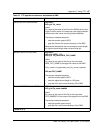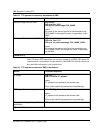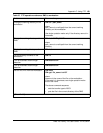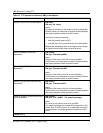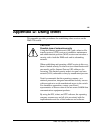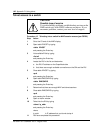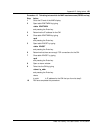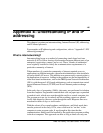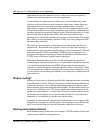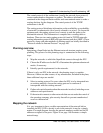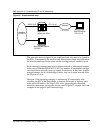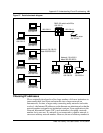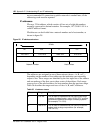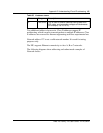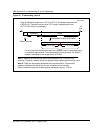
DMS-100 Family EIU User Guide TELECOM12
145
Appendix E: Understanding IP and IP
addressing
This chapter is a primer on internetworking, Internet Protocol (IP), addressing,
and IP-related protocols.
For examples on IP addressing and configurations, refer to “Appendix F: EIU
addressing examples”.
What is internetworking?
Internetworking began as a method of connecting stand-alone local area
networks (LAN) to allow sharing of information between different parts of an
enterprise (corporation, campus, and so on). These “islands of automation”
were originally installed to satisfy the communications requirements of a
particular community of interest.
When members of a particular community of interest required access to
applications on different networks, the network administrator often installed a
second or third LAN access. This addition was unnecessarily expensive due to
the duplication of resources. Adding to the problem was the incompatibility of
older host-based architectures, such as the IBM System Network Architecture
(SNA), with the newer LAN-based architectures, such as transmission control
protocol/Internet Protocol (TCP/IP) and Novell Internet packet exchange
(IPX).
In the early days of computing (1960s), data entry was performed in isolation
from the computer. Programmers entered their code on paper tape or punched
or marked cards, which were sent through the mail to a central computer site.
The program was run (or it crashed) and the resulting output was printed
locally and shipped to the user, again through the mail. Response time was
measured in terms of days or even weeks.
With the advent of low-speed modems, multiplexors, and block-mode data
transfer protocols in the early 1970s, users could now be “on-line” to the
computer to enter program code. It was thought at this time that the
communications duties could be handled by the application program residing
in the host computer. This approach was fine as long as there was only one



